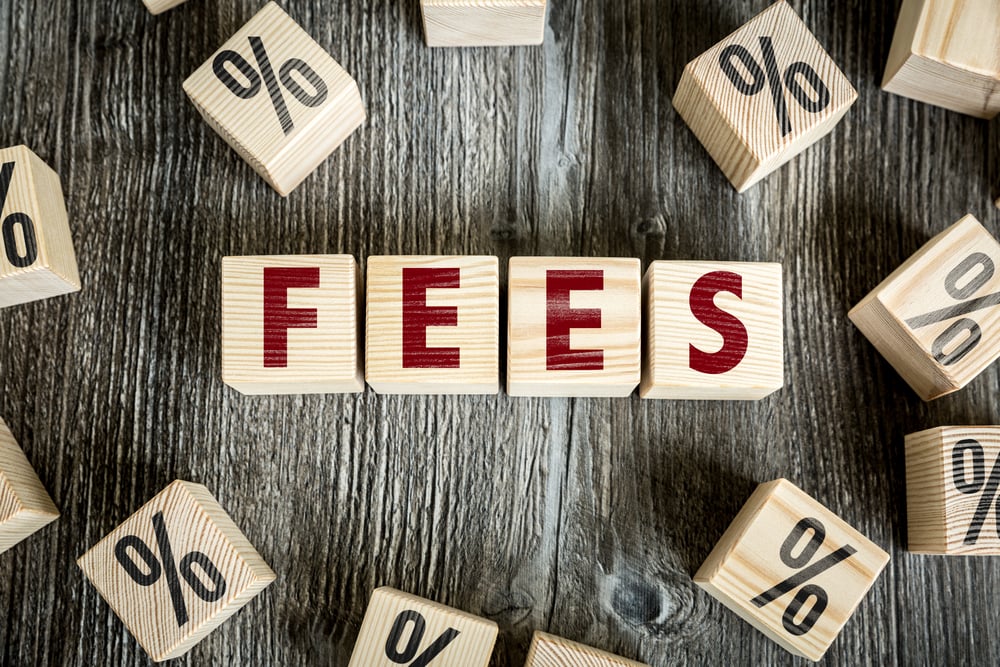Checking Account Fees to Watch Out For
When we talk about steps you need to take to achieve financial success, we usually don’t talk about the importance of a checking account. That’s...

Overdraft fees are a pain. In our post last week we share some tips for how to avoid overdraft fees all together. But life, and your budget, doesn’t always line up perfectly with when you have money and when you need to spend it.
Sometimes you actually do need to spend money before your pay check hits your account, like when you’re out of toilet paper. What are your options then? Well, a great option to consider is to use a second account, like a savings or line of credit, as a back-up account to pull funds from in case of an overdraft. Of course there are pros and cons to each of these.

There are two options for linking your checking to a back-up account to avoid overdraft fees – a savings account or a line of credit. With both options, when you overdraw your account the funds are automatically pulled from your back-up account to cover your overages. It's like a financial safety net. Just make sure your financial institution doesn’t charge any additional fees for using this service. Some do, some don’t. You just have to ask!
If you are someone who has a decent amount of money already saved up, then linking to your savings account may be a great solution for you. But, if you don’t have any money saved or you don’t consistently have money in your savings account, then it’s probably not a good choice.
You also need to be careful with this option, if you overdraft your account more than six times in a month you could be charged an excessive withdrawal fee on your savings account, which is completely counterproductive when you are already trying to avoid fees in the first place.
Basically, using a savings account as your back-up option is best for you if:
Using a line of credit as your back-up option means you will always have money to cover your overdraft, unlike a savings account which is dependent on you having money in it. But, like with a credit card, you have to pay back the balance. This can usually be paid back all at once or by making smaller payments over time.
Additionally, with a line of credit you will most likely have to pay interest on the amount that was advanced to cover your overdraft. If you are a person who overdrafts your account more than once every month, this option may not be helpful to you as it will become one more payment you have to make each month, potentially putting further behind in the long run. However, when used responsibly it can be a great way to avoid overdraft fees and help boost your credit score in the process!
Basically, using a line of credit as your back-up option is best for you if:
Linking your checking account to a back-up account is a great option for avoiding overdraft fees in tight times between pay checks, but should be used sensibly. Using a savings about as a back-up for overdrafts is an excellent option because you are spending the money you already have, but just be careful you don’t whittle away your savings by overdrawing your checking. A line of credit is not only a great way to avoid overdraft fees, but it can help boost your credit score when used responsibly. Just make sure you can pay back the amount you advance within a reasonable amount of time.

When we talk about steps you need to take to achieve financial success, we usually don’t talk about the importance of a checking account. That’s...

Let’s be honest—while there are some checking account fees you want to avoid at all costs, such as a monthly fee, there are a lot of fees that are...

Opening up a checking account at a new financial institution can be kind of exciting, because you get to explore all the features your new financial...